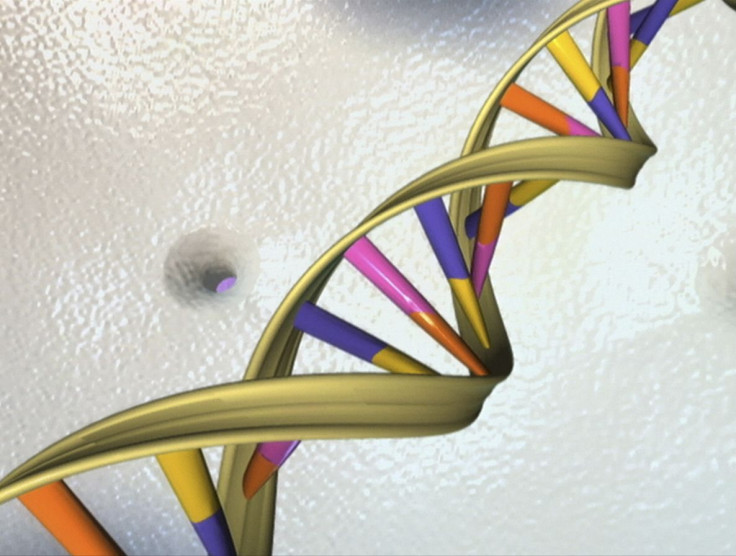'Microbial cloud' may be used to identify people

Just like fingerprints, hair or skin, bacteria found in the human body and emitted into the air can be used to identify people, a new study suggests. Researchers from the University of Oregon say trillions of bacteria that live on and in one's body make up what is called human microbiome. Every person emits a personalised set of microbes into the air, they claim, and this "microbial cloud" is unique enough that it could be used to identify people.
In the study published in the journal PeerJ, the researchers note that earlier studies have discovered that at least three sources contribute to the airborne cloud of bacteria: dust, emissions from clothing and emissions from the person. According to James Meadow, the study's lead author, the findings might help understand the mechanisms involved in the spread of infectious diseases in buildings. Their research also suggests potential forensic applications, for example, to identify or determine where a person has been.
For the study, the team requested participants to sit alone in a sanitised chamber filled with filtered air. Each participant was given an identical new and clean outfit to reduce the number of particles coming from clothing. The plastic rolling chairs used by the participants were disinfected as well as the laptops they used to communicate with the scientists outside the chamber. All particles from the participants were filtered out of the chamber, collected and genetically sequenced. The researchers used the sequences to identify the bacteria.
The researchers compared the air in the chamber to that of an unoccupied chamber beside it. They asked three people to participate in the experiment and required them to sit in the chamber for a four-hour session and then for another two-hour session, with a break in between. After two hours, the team found they were able to determine whether a person was present in the chamber based on looking only at the bacteria from the air samples.
Since the researchers observed that the combinations of bacteria surrounding each person could be easily distinguished from one another, they conducted a second experiment to see how well they could identify individuals using their unique bacterial cloud.
For the second experiment, eight new people were asked to sit in the chamber for two 90-minute periods. "We expected that we would be able to detect the human microbiome in the air around a person, but we were surprised to find that we could identify most of the occupants just by sampling their microbial cloud," said Meadow, who was a postdoctoral researcher at the University of Oregon at the time of the study.
The main types of bacteria in people's "clouds," according to the team, were human-associated bacteria. These include Streptococcus, commonly found in the mouth, and Propionibacterium and Corynebacterium, commonly found on the skin. For female participants, the researchers also observed the presence of common vaginal bacteria.
While the results of the study suggest that the findings could be used in forensics, the researchers warned that further research is required. This is because the patterns they discovered in the study are likely to be more different in a crowd of occupants, in a larger indoor space or in the presence of resuspended dust.
Contact the writer at feedback@ibtimes.com.au or tell us what you think below.






